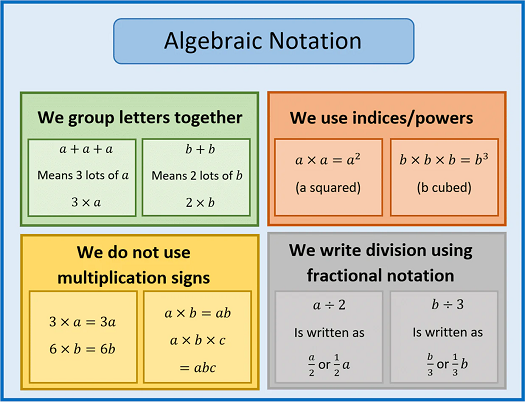Unit 3: Algebraic Thinking
Unit 3: Algebraic Thinking

Unit 3: Algebraic Thinking

Unit 3: Algebraic Thinking
This unit emphasizes strategies used to solve equations and understand and solve inequalities.
Unit Focus
- Number Sense, Concepts, and Operations
- Understand the relative size of integers, rational numbers, irrational numbers, and real numbers.
- Understand that numbers can be represented in a variety of equivalent forms, including integers, fractions, decimals, percentages, scientific notation, exponents, radicals, and absolute value.
- Understand and explain the effects of addition, subtraction, multiplication, and division on real numbers, including square roots, exponents, and appropriate inverse relationships.
- Select and justify alternative strategies, such as using properties of numbers, including inverse, identity, distributive, associative, and transitive, that allow operational shortcuts for computational procedures in real-world or mathematical problems.
- Add, subtract, multiply, and divide real numbers, including square roots and exponents, using appropriate methods of computing, such as mental mathematics, paper and pencil, and calculator.
Measurement
- Use concrete and graphic models to derive formulas for finding perimeter, area, surface area, circumference, and volume of two-dimensional shapes.
Algebraic Thinking
- Describe, analyze, and generalize relationships, patterns, and functions using words, symbols, variables, tables, and graphs.
- Use systems of equations and inequalities to solve real-world problems algebraically.
Data Analysis and Probability
- Interpret data that has been collected, organized, and displayed in tables.
Vocabulary
Lesson Reading

